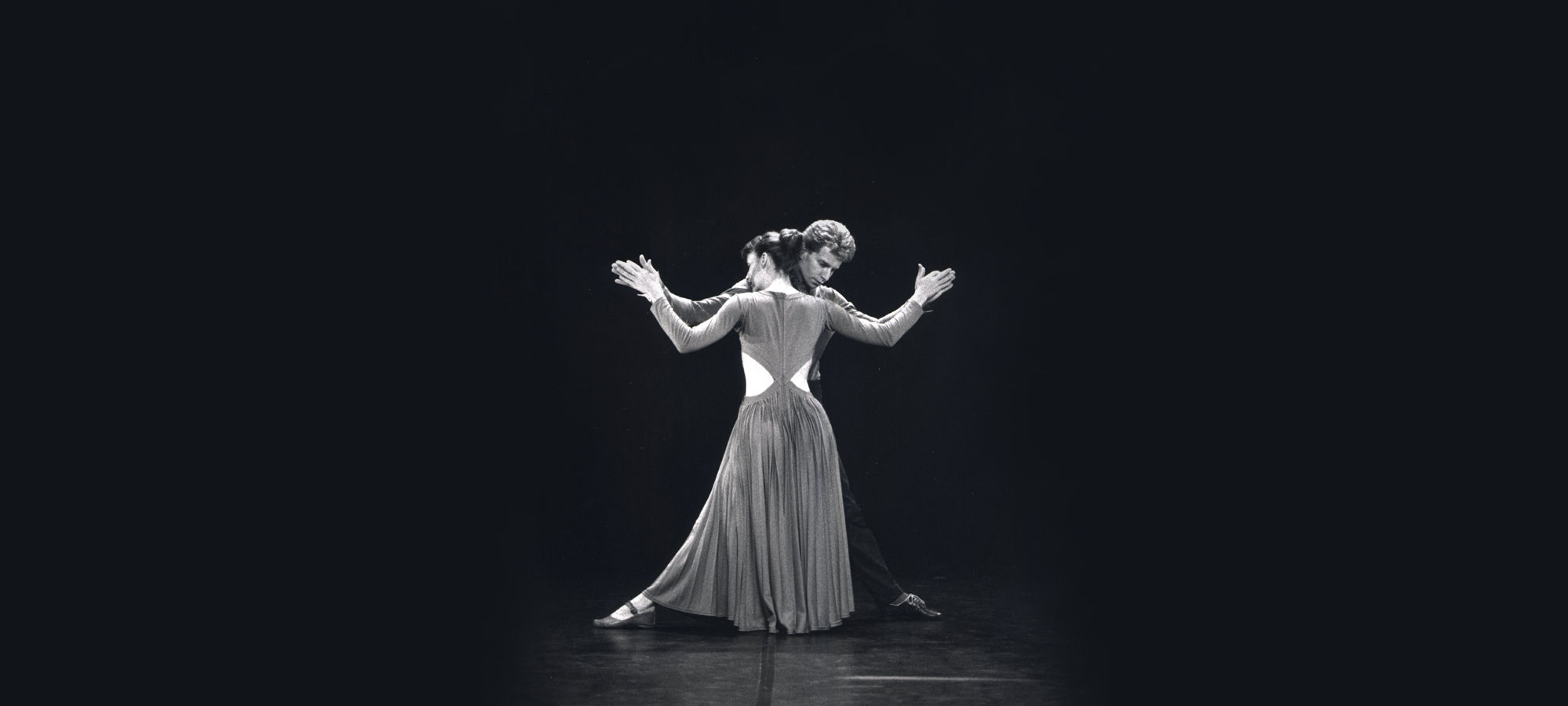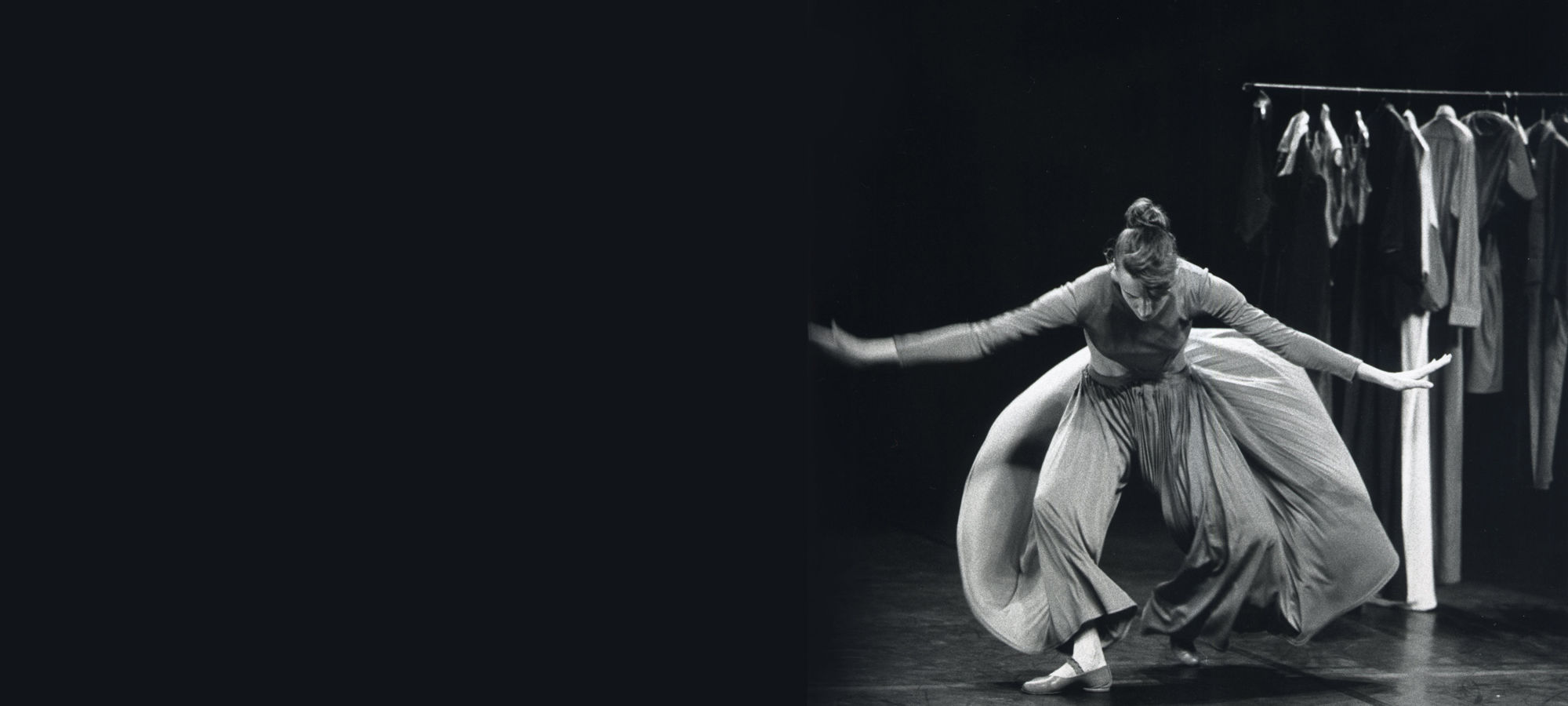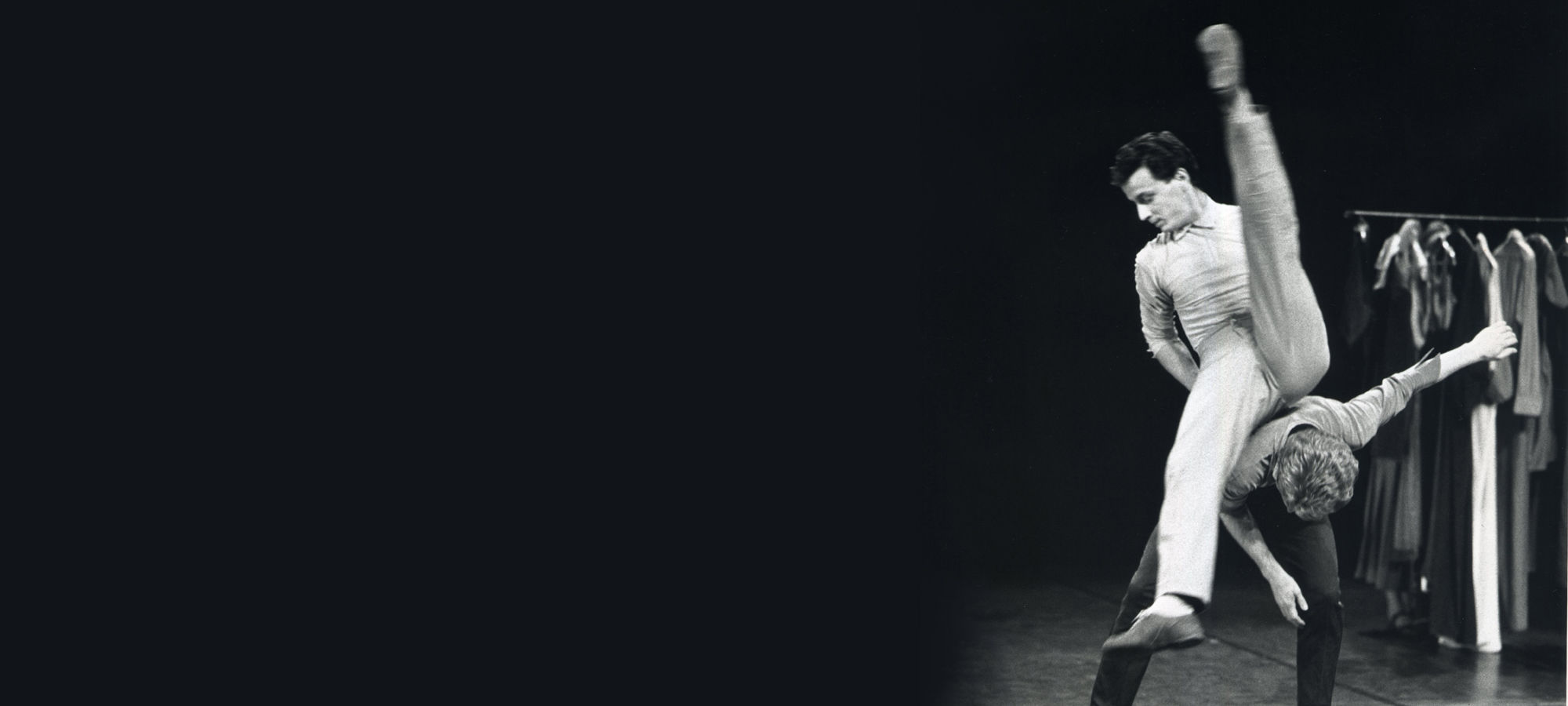
It's Vaudeville
“This choreography responds to 2 strong desires: one is to measure myself against an operetta; the other is to return to a limited number of dancers (here 3), to get closer to them, and to dance.
From vaudeville, I retain the idea of a triangular structure, 1 woman and 2 men, the mobility between scenes and individuals, a certain humor and the impression of poetic detachment that operetta produces by alternating comic scenes with songs. Numerous bridges are established between music and dance so as to produce uncertainty at times, a smile or a surprise.
Vincent Scotto’s music evidently fills the room with scents from Marseille, but, although constant, it isn’t ubiquitous. It imbues the silence and atmosphere with local color. The music was deliberately chosen to match the public’s knowledge so that it could be heard without having to really listen to it. It seeks to establish a dimension of profound and inescapable influence, much more than folklore. Dance: by the fluidity of its structure and gestures, by addressing the contact between dancers through the sense of touch and pushing it to the brink of eroticism, by hoping the eye is always clearly fixed on something or someone… I try to give the viewer the impression that this complex dance is easy and fun to do.
It is essential that dance be a game, with oneself and with others.”
Michel Kelemenis, September 1991
Echos
Le Provencal
march.1992"C’est un vaudeville !" begins like a java : “A small cottage no bigger than a handkerchief” and ends like a tango “the most beautiful tango in the world.” You recognize these operetta arias. They come from among others the “Pays du soleil” by Vincent Scotto.
But this ballet of movements and lines is not a tall tale. It’s a love letter that Michel Kelemenis and his 2 dancers, Catherine Legrand and Bertrand Lombard, seem to dedicate to their home port : Marseille and the Mediterranean.




